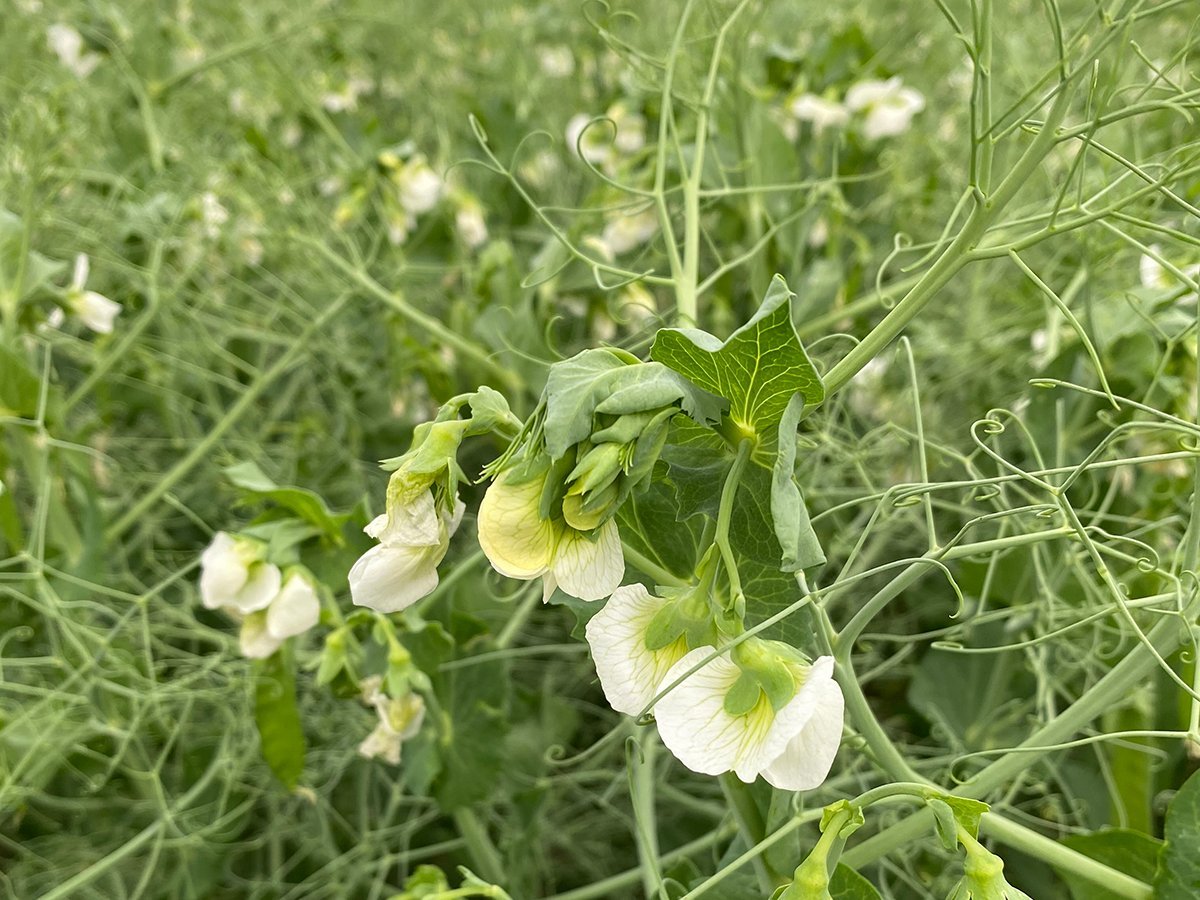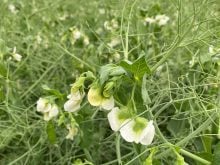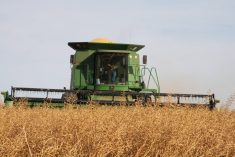New technology in sprayer tips has been pushed as much by sprayer speed as by concern over drift, said Bob Wyma of Wilger Industries.
“It all started with increased concern over drift control several years ago,” he said.
“But then as the speed of self propelled sprayers took off, drift control became the driving force behind tip development. The previous generation of spray tips, the extended range type, all became unsuitable for self-propelled sprayers.
“Using those original tips, growers had to crank up the pressure to get the volume they needed. When they did that, they got too much drift. The driftable fines never hit the target. So we needed better tips to match the speed.”
Read Also

Crop quality looks good this year across Prairies
Crop quality looks real good this year, with the exception of durum.
Wyma said ground speed wasn’t a concern when Wilger introduced the first in its line of Combo-Jet nozzle tips. The Extended Range (ER) went from 15 pounds per sq. inch to 60 psi and was similar to nozzles other companies had at the time.
The Drift Reduction (DR) nozzle was introduced about 15 years ago with a recommended range of 20 to 90 psi. It uses a pre-orifice chamber instead of air induction to control droplet size.
“However, it turned out that the DR droplet was just a little bit too coarse for optimum efficacy for some applications,” he said.
“So three years later we came out with the Mid-Range or MR series. These run at the same pressure as the DR but the droplets are smaller at the same pressure.
“Then a few years ago, growers started asking for even smaller droplets in the same range of 20 psi to 90 psi. So three years ago we came out with the SR Small Drop nozzle. This creates a smaller droplet at the same pressure as the preceding MR and DR series.”
All Wilger nozzles are the non-air induced type in standard or pre-orifice types. They are standard equipment on New Holland, Brandt and Case sprayers.
Wyma said they are a particularly good fit with the Patriot Aim Command system, which cannot use air induction nozzles.
Aim Command provides constant application rates and spray pressures, even as ground speed changes. A computer uses the product pump to control pressure independent of application rate and ground speed.
Independent control of the speed, pressure and flow means that constant boom pressure and droplet size can be maintained. The operator can toggle between two pre-set pressures to manage droplet size.
With pressure at the tip constant all the time, Aim uses an electronic solenoid on each nozzle to turn it off and on. The frequency of this pulsation determines the spray volume. It instantly has full pressure every time the solenoid opens the venturi.
“For example, the farmer picks a spray tip. A 110-04 tip looks like it’ll do the job for him. He installs it on the sprayer and sets his pressure at 45 psi.
“The Aim Command lets him spray from three mph turning in the headlands all the way up to 21 or 22 mph running down the field.
“Throughout that range, the pressure remains uniform. The number of on-off pulsations changes with his ground speed and that’s what keeps the rate and droplet size uniform.”
Wyma said Aim Command recently became available as an aftermarket retro fit under the name Sharp Shooter. He said it’s adaptable to most other sprayers.
He also said producers are finding they need more nozzles as they continue to fine tune their spraying operations. To help meet that need, Wilger and other companies offer up to five nozzles on one swivel base.

















